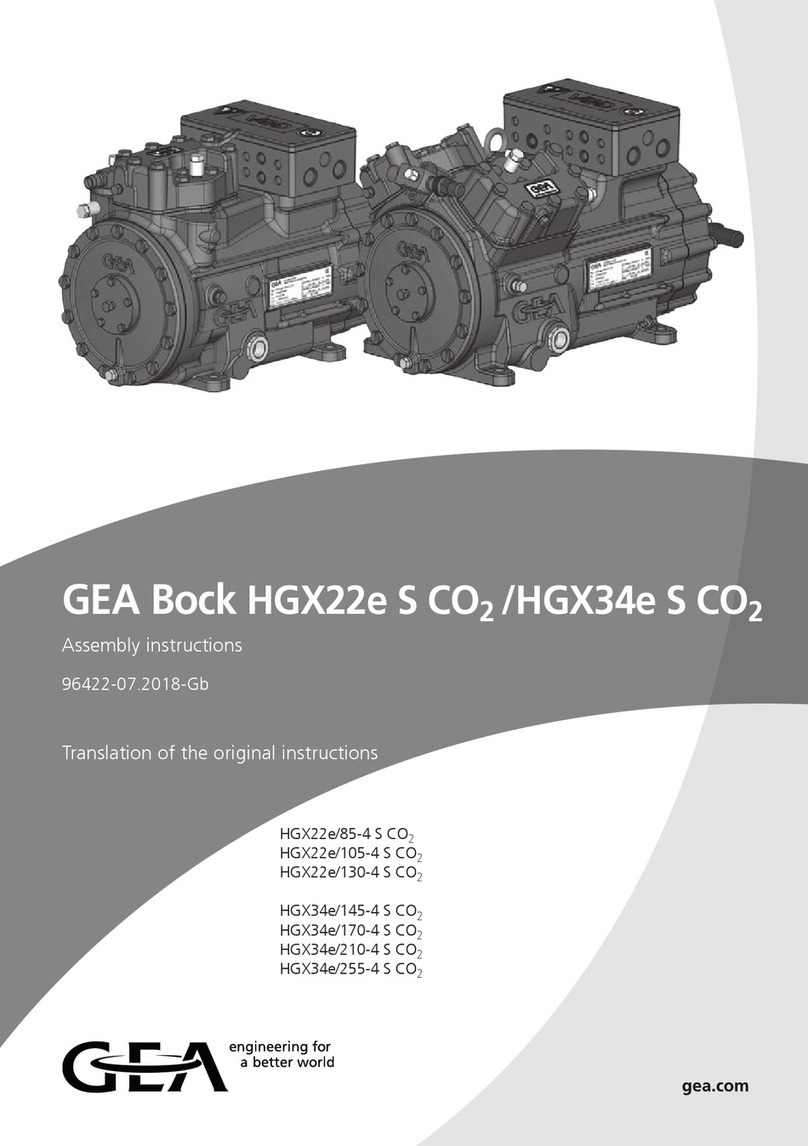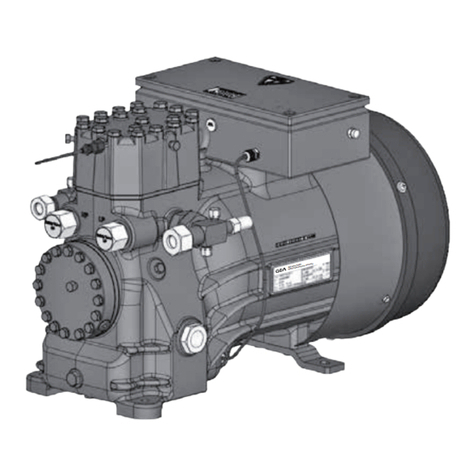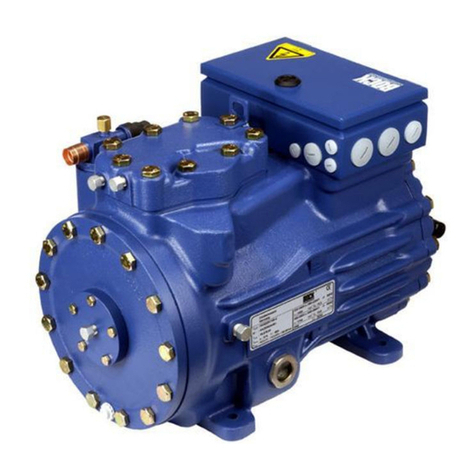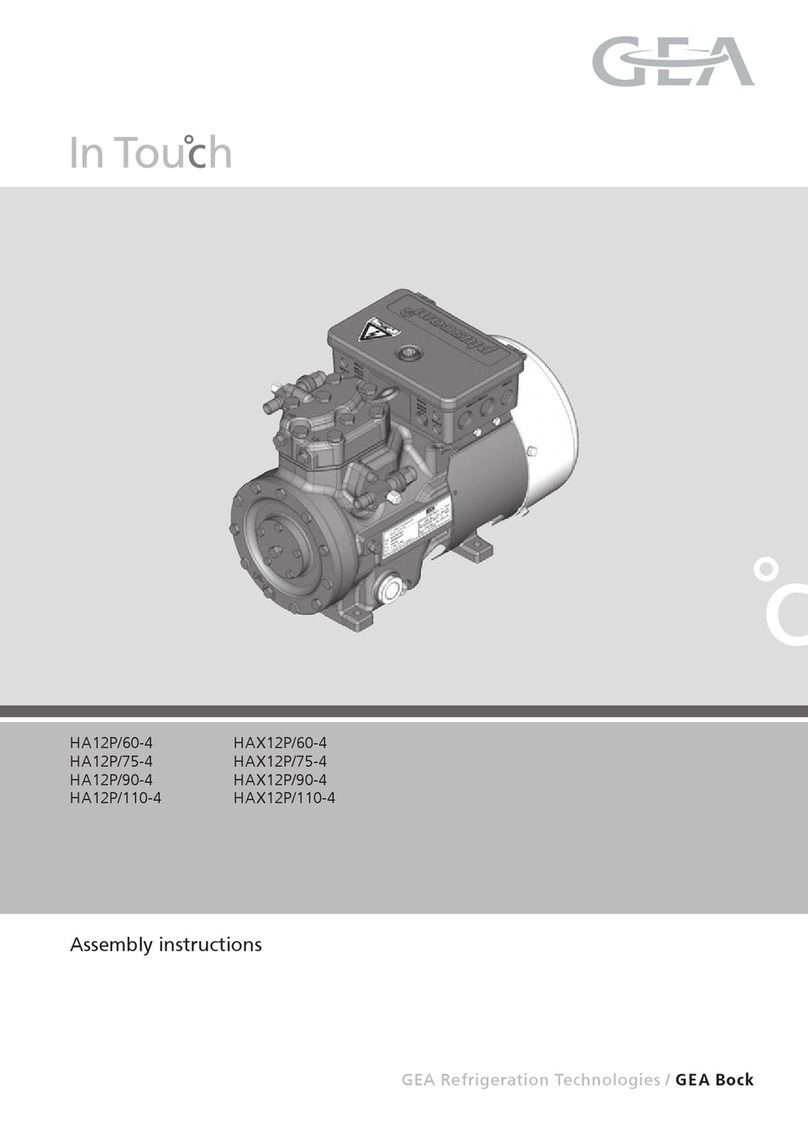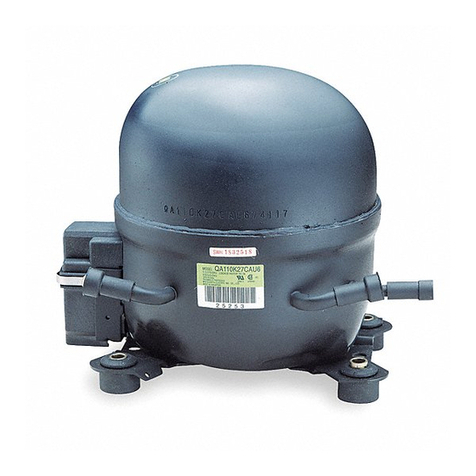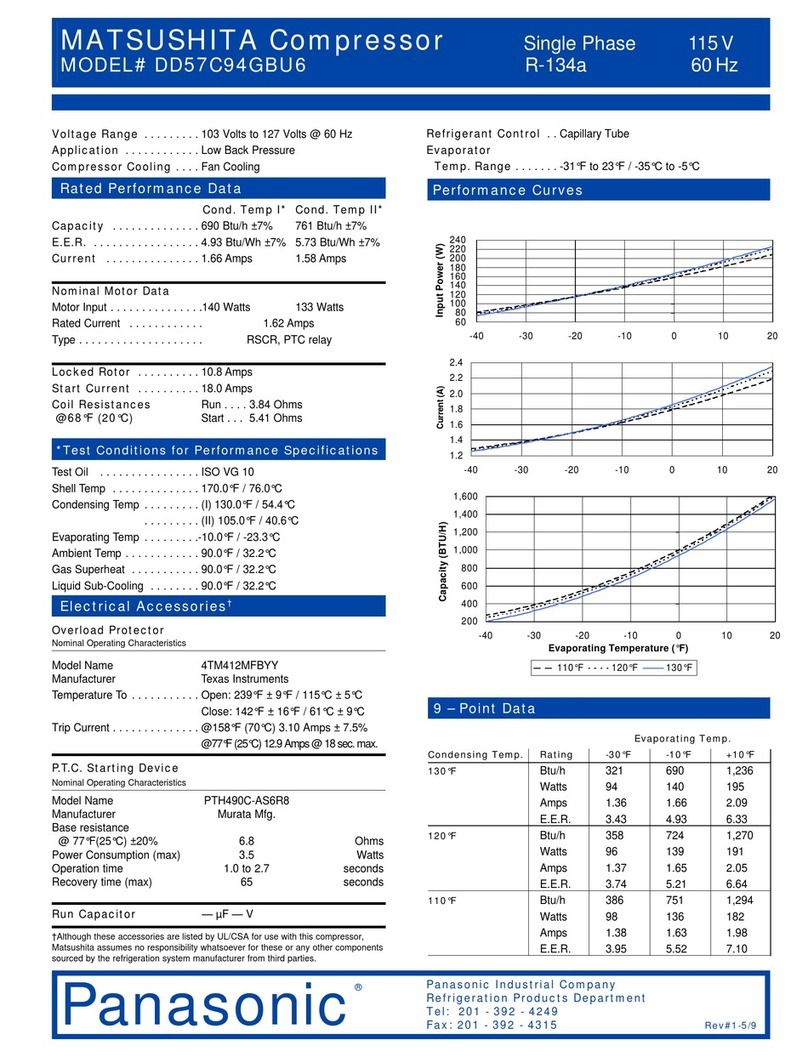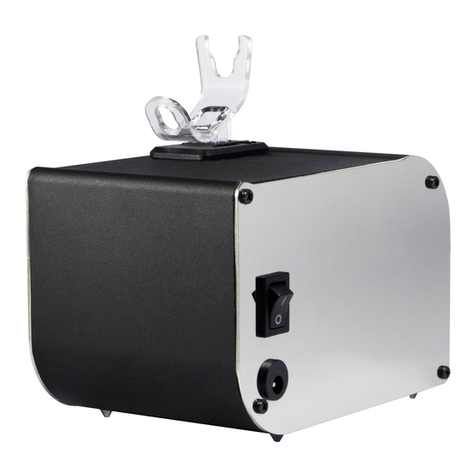GEA Grasso V Series User manual
Other GEA Compressor manuals

GEA
GEA HG22e Series User manual
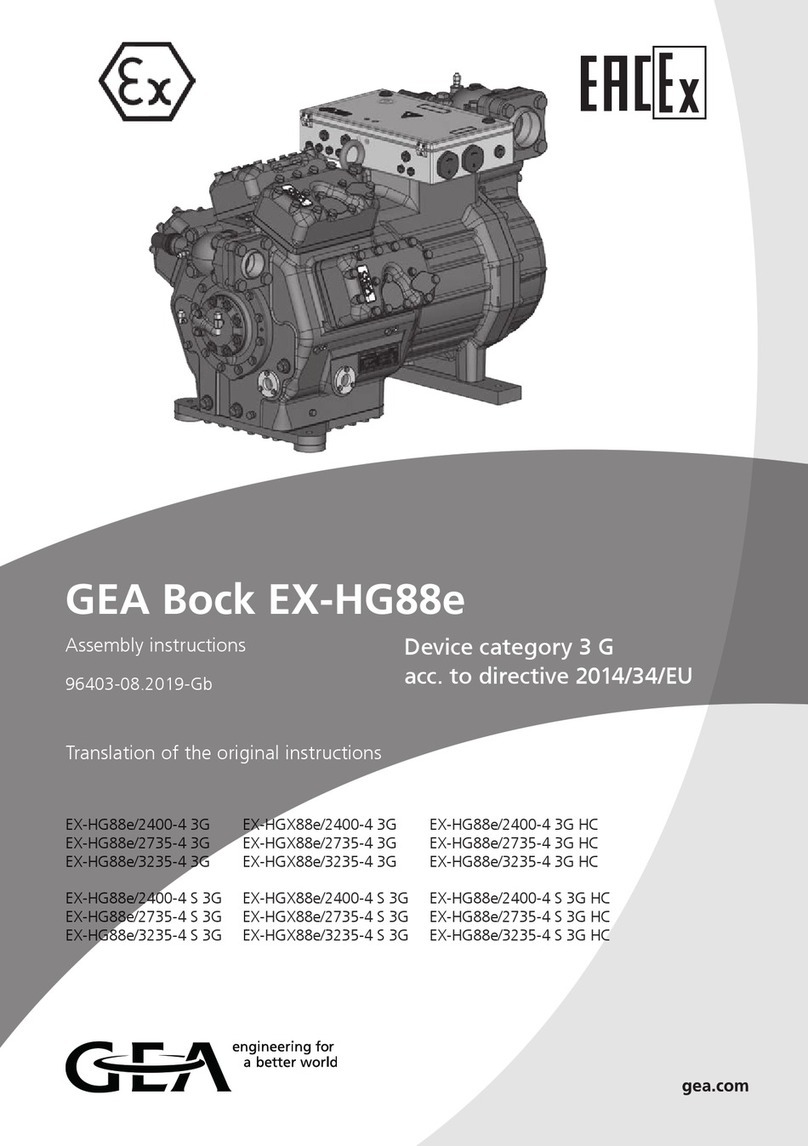
GEA
GEA Bock EX-HG88e Series User manual
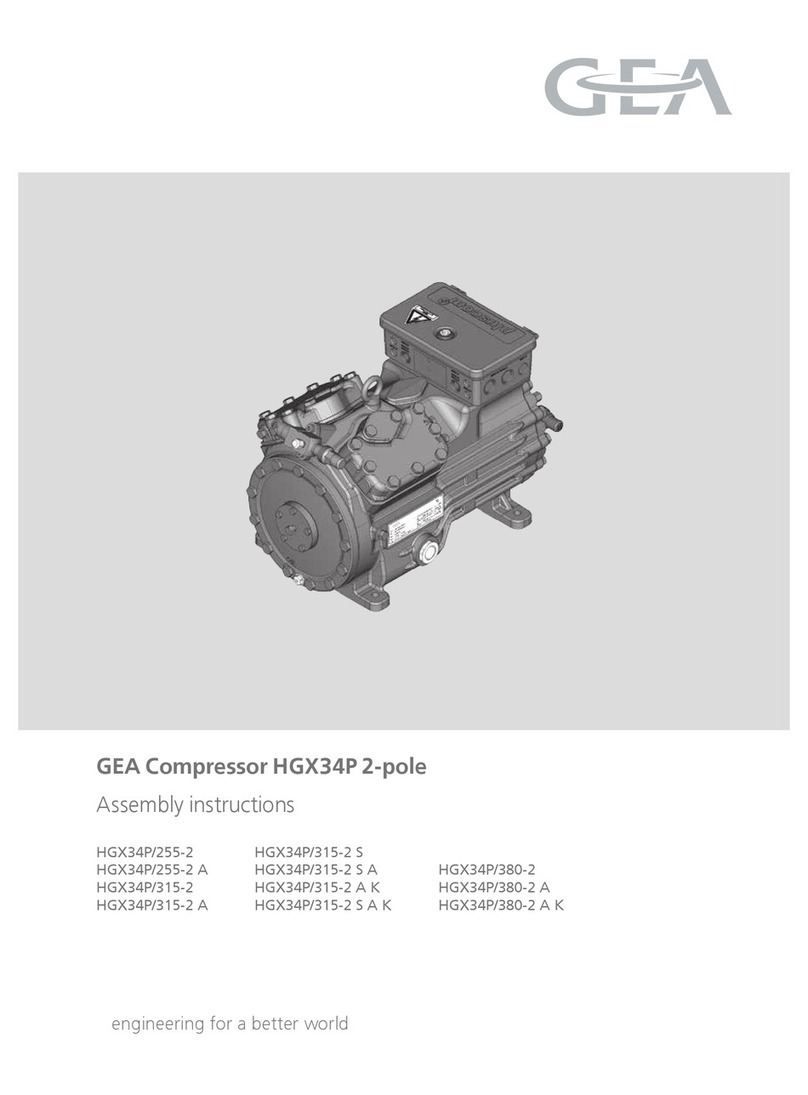
GEA
GEA HGX34P Series User manual

GEA
GEA Bock FK50 Series User manual
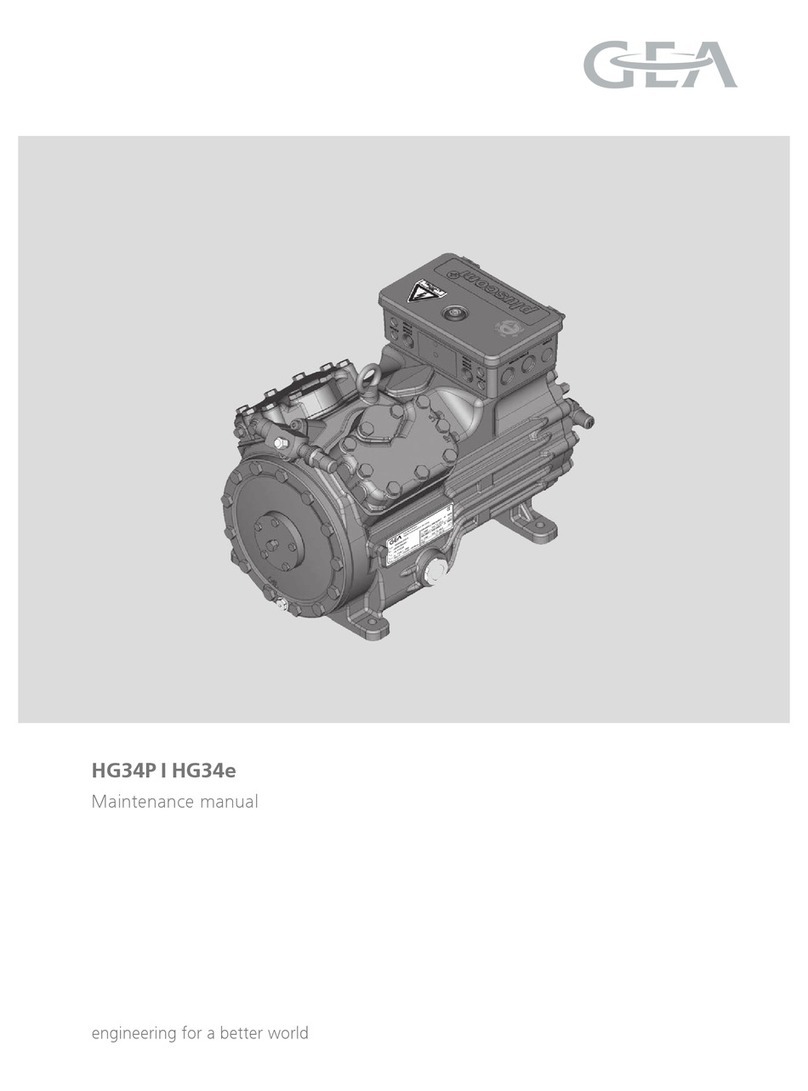
GEA
GEA HG34P Series User manual
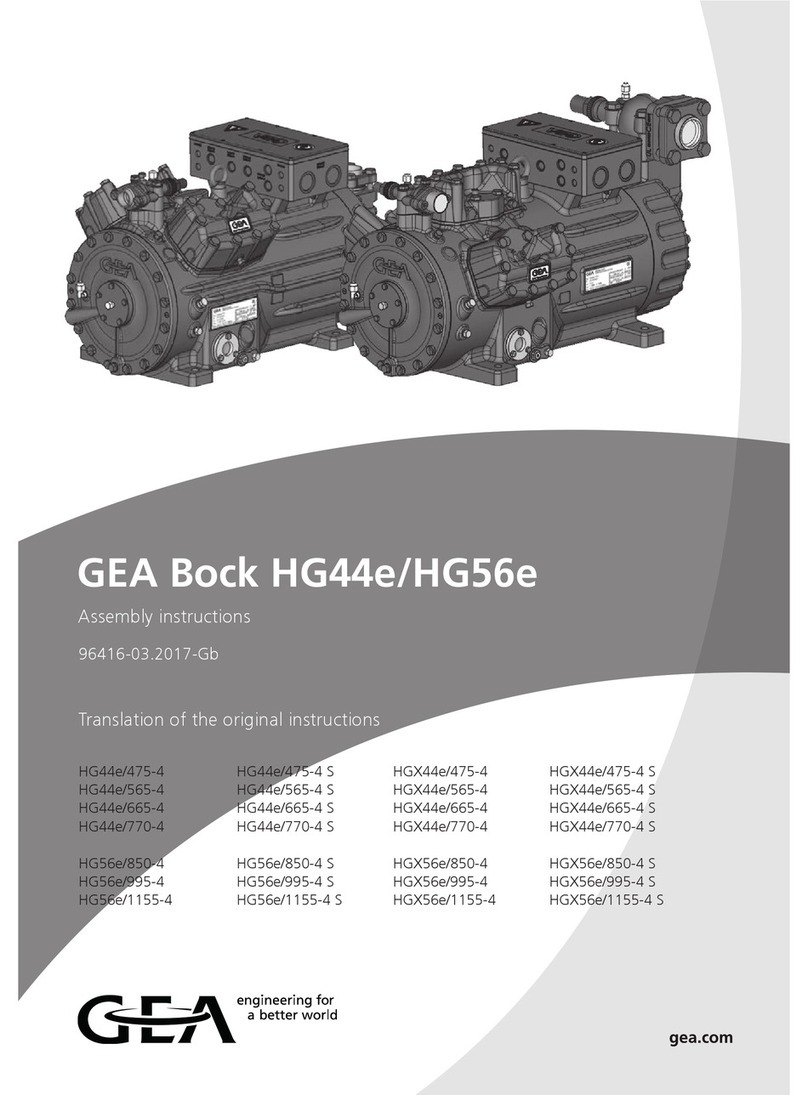
GEA
GEA HG44e/475-4 S User manual
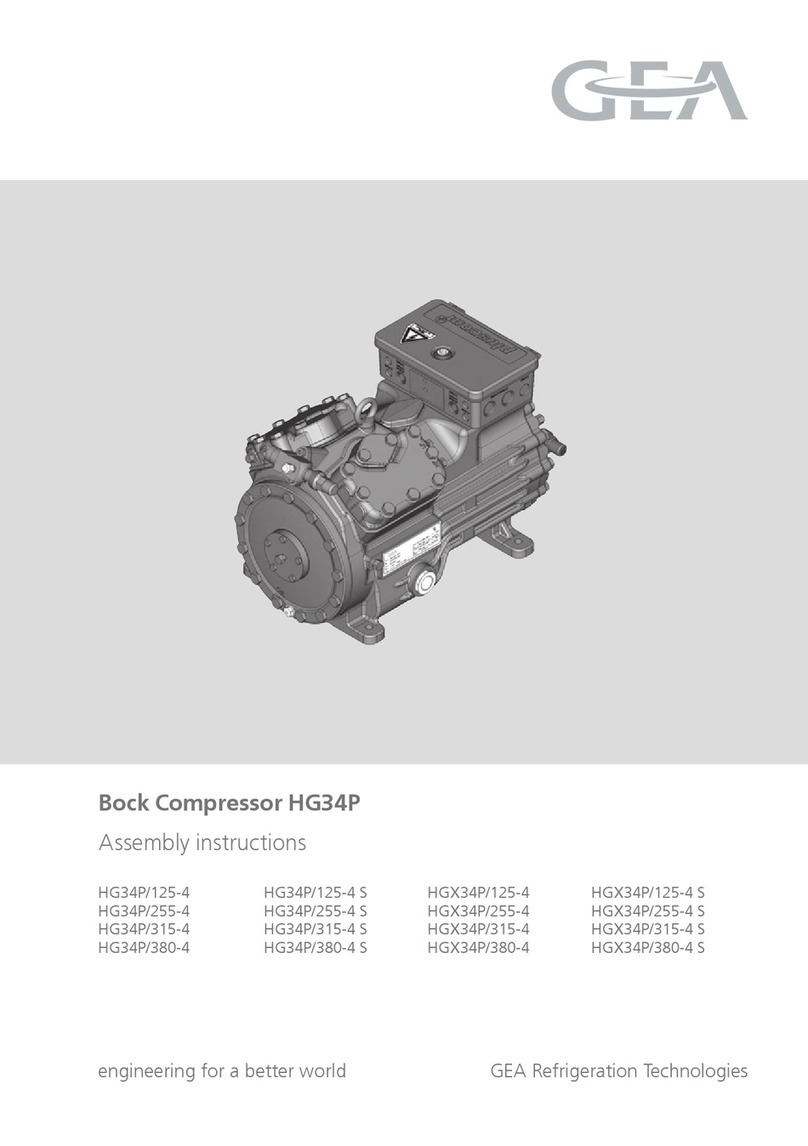
GEA
GEA HG34P Series User manual
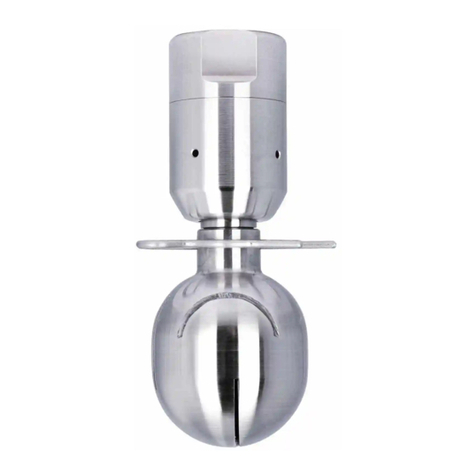
GEA
GEA ATEX User manual
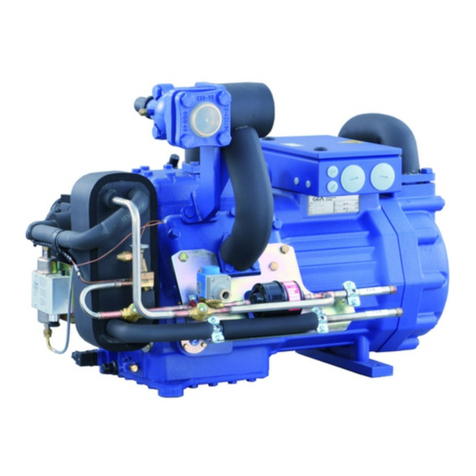
GEA
GEA HGZ7 Series User manual
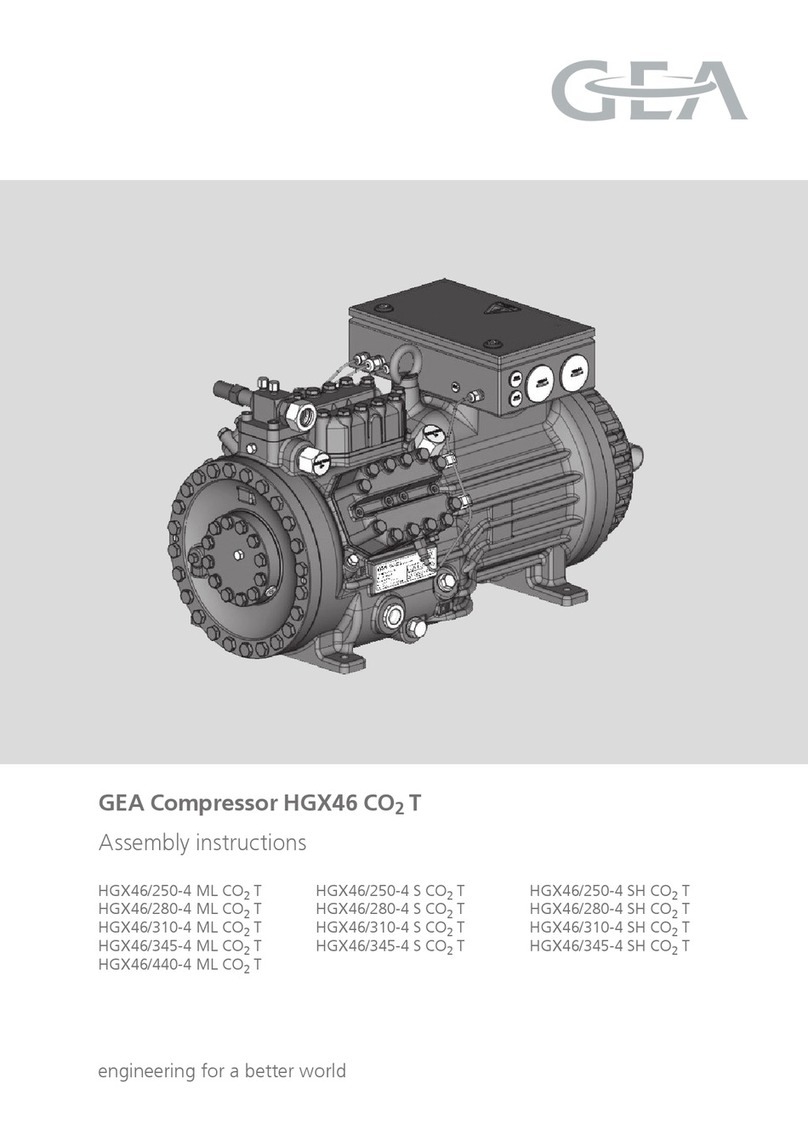
GEA
GEA HGX46/250-4 S CO2T User manual
Popular Compressor manuals by other brands
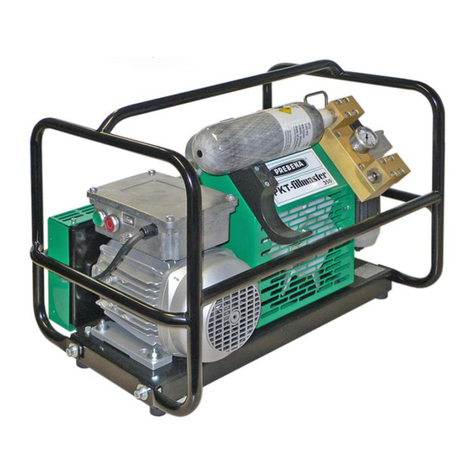
Prebena
Prebena PKT-fillmaster 350 Operating and maintenance instructions

Conrad
Conrad CE-70 operating instructions
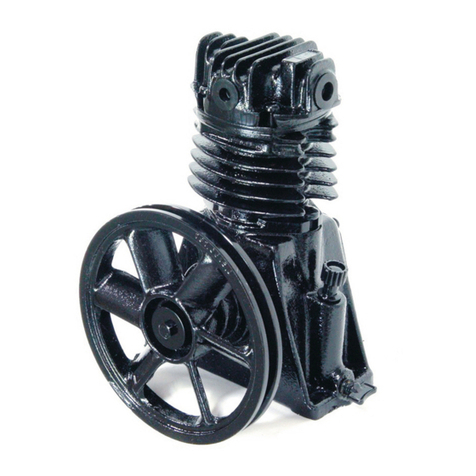
Schulz
Schulz MSI 5,2 ML quick start guide
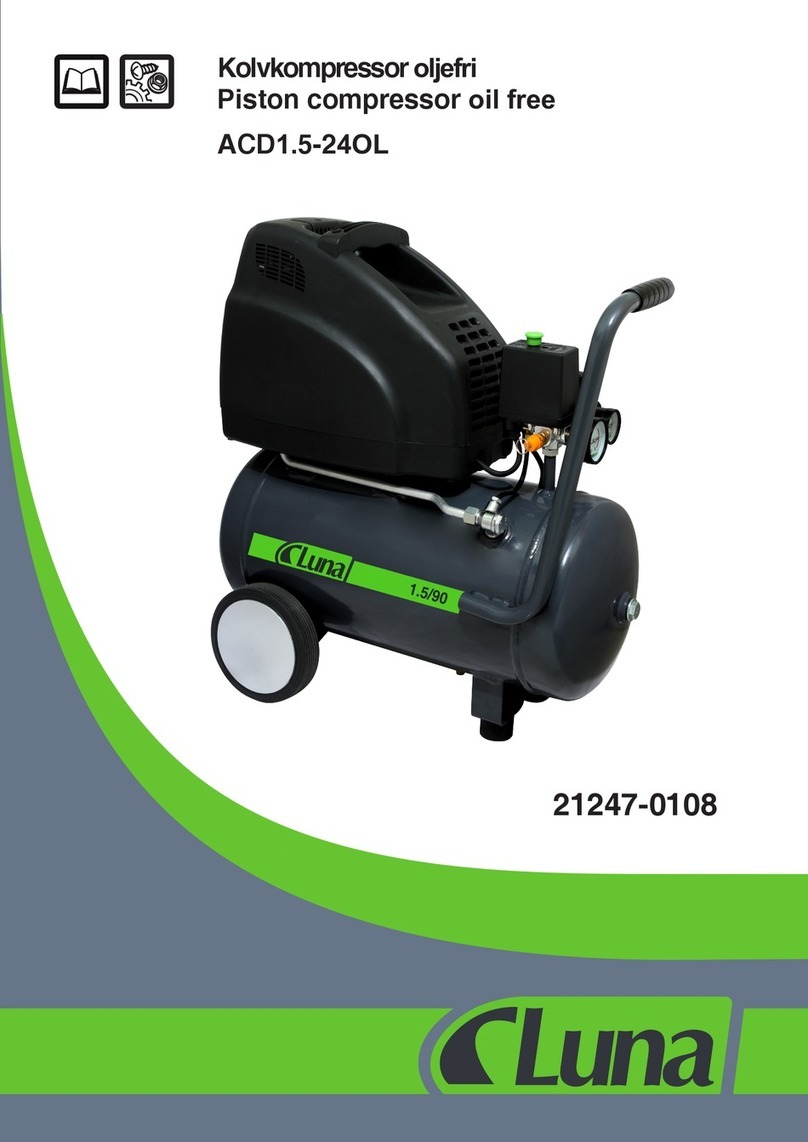
Luna
Luna ACD1.5-24OL manual
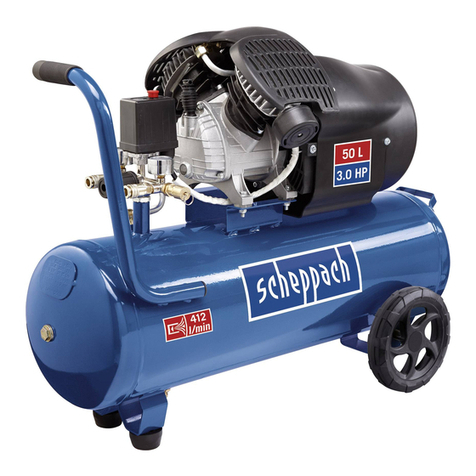
Scheppach
Scheppach HC 53dc Operating and safety instructions
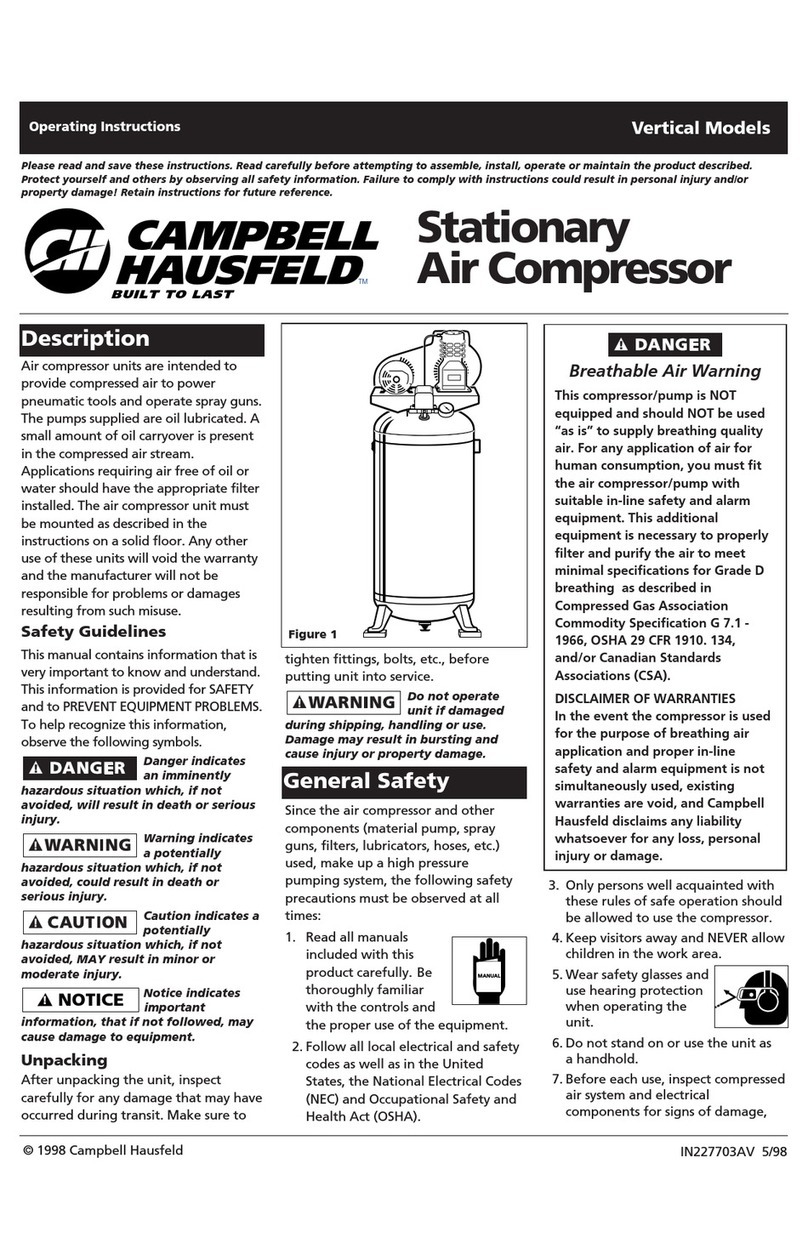
Campbell Hausfeld
Campbell Hausfeld VS260000KB operating instructions

Ingersoll-Rand
Ingersoll-Rand centac C950 Planning and installation manual

PRESONUS
PRESONUS Smart Compressor user manual
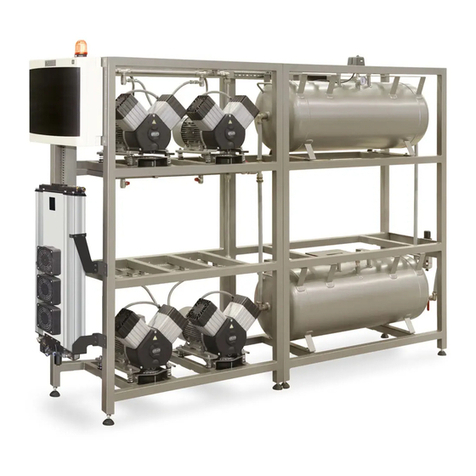
EKOM
EKOM DK50 4x2VT/M user manual
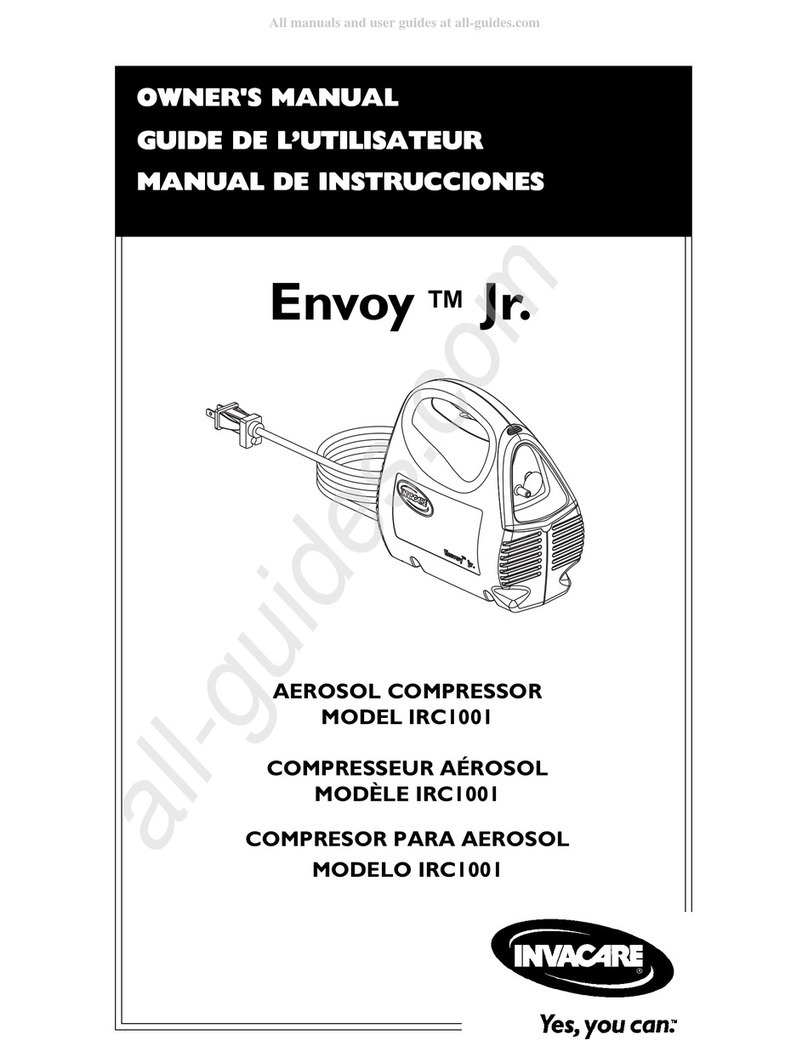
Invacare
Invacare Envoy Jr. IRC1001 owner's manual
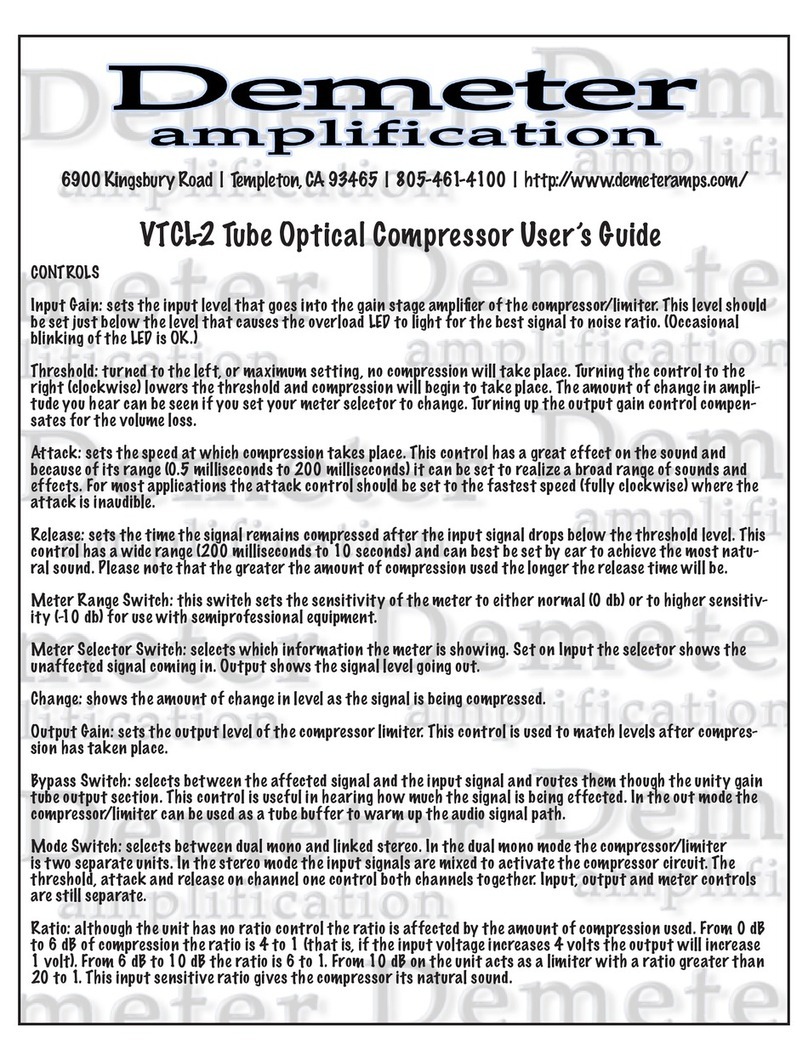
Demeter Amplification
Demeter Amplification VTCL-2 user guide
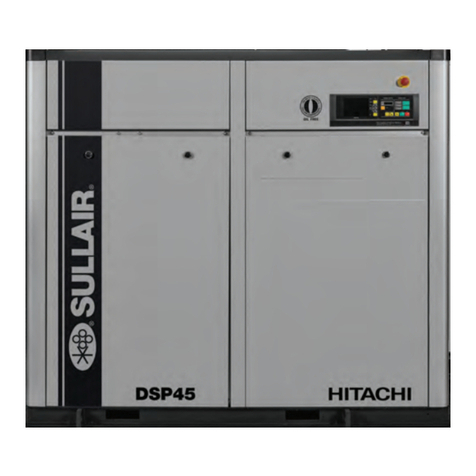
Hitachi
Hitachi NEXT Series Service manual
